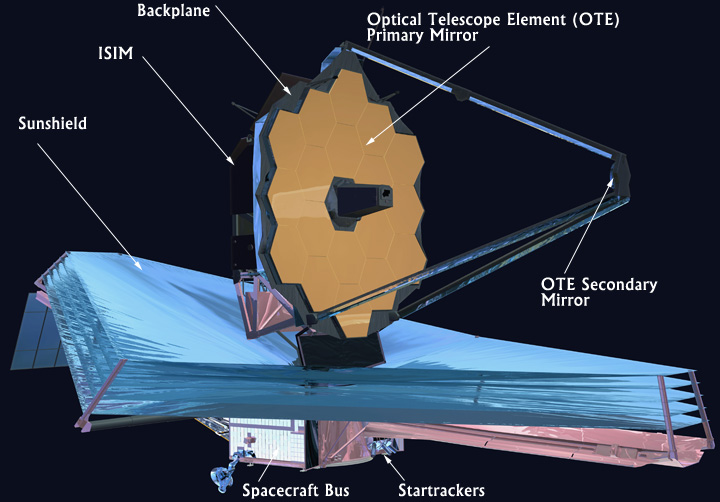I'm betting on a solar dust disc with a 'gap', indicating a proto-planet, or proto-planets.
NASA link....
NASA link....
J.D. Harrington
Headquarters, Washington
202-358-5241
j.d.harrington@nasa.gov
Ray Villard
Space Telescope Science Institute, Baltimore, Md.
410-338-4514
villard@stsci.edu
Nov. 07, 2008
MEDIA ADVISORY : M08-227
Hubble Announces A Major Extrasolar Planet Discovery
WASHINGTON -- NASA will hold a Science Update to report on a significant discovery about planets orbiting other stars at 2:30 p.m. EST, Thursday, Nov. 13, in NASA's James E. Webb auditorium. This unique discovery, made by the Hubble Space Telescope's Advance Camera for Surveys instrument, also will be featured in the Nov. 14 issue of the journal Science.
The briefing participants are:
-- Ed Weiler, associate administrator of NASA's Science Mission Directorate in Washington
-- Sara Seager, associate professor of Earth, Atmospheric, and Planetary Sciences, Massachusetts Institute of Technology, Cambridge, Mass.
-- Paul Kalas, assistant adjunct professor, Physics and Astronomy Department, University of California at Berkeley.
-- Mark Clampin, James Webb Space Telescope Observatory project scientist, NASA's Goddard Space Flight Center, Greenbelt, Md.
-- Marc Kuchner, exoplanet scientist, Astrophysics Science Division, NASA's Goddard Space Flight Center, Greenbelt, Md.
Reporters attending the event will have an opportunity to ask questions. News media representatives not attending will be able to ask questions via teleconference. To participate in the teleconference, reporters must email a request for dial-in information that includes their media affiliation and telephone number to J.D. Harrington at j.d.harrington@nasa.gov by 1 p.m. EST, Nov. 13.
Headquarters, Washington
202-358-5241
j.d.harrington@nasa.gov
Ray Villard
Space Telescope Science Institute, Baltimore, Md.
410-338-4514
villard@stsci.edu
Nov. 07, 2008
MEDIA ADVISORY : M08-227
Hubble Announces A Major Extrasolar Planet Discovery
WASHINGTON -- NASA will hold a Science Update to report on a significant discovery about planets orbiting other stars at 2:30 p.m. EST, Thursday, Nov. 13, in NASA's James E. Webb auditorium. This unique discovery, made by the Hubble Space Telescope's Advance Camera for Surveys instrument, also will be featured in the Nov. 14 issue of the journal Science.
The briefing participants are:
-- Ed Weiler, associate administrator of NASA's Science Mission Directorate in Washington
-- Sara Seager, associate professor of Earth, Atmospheric, and Planetary Sciences, Massachusetts Institute of Technology, Cambridge, Mass.
-- Paul Kalas, assistant adjunct professor, Physics and Astronomy Department, University of California at Berkeley.
-- Mark Clampin, James Webb Space Telescope Observatory project scientist, NASA's Goddard Space Flight Center, Greenbelt, Md.
-- Marc Kuchner, exoplanet scientist, Astrophysics Science Division, NASA's Goddard Space Flight Center, Greenbelt, Md.
Reporters attending the event will have an opportunity to ask questions. News media representatives not attending will be able to ask questions via teleconference. To participate in the teleconference, reporters must email a request for dial-in information that includes their media affiliation and telephone number to J.D. Harrington at j.d.harrington@nasa.gov by 1 p.m. EST, Nov. 13.



 (and actually...also here, on Earth, when you use spectrograph on the sample)
(and actually...also here, on Earth, when you use spectrograph on the sample)




 (one of the mission is to analyze composition of surfaces in the Solar System...I wonder what it can really do (though probably there won;t be much time for that... :/ ))
(one of the mission is to analyze composition of surfaces in the Solar System...I wonder what it can really do (though probably there won;t be much time for that... :/ ))


Comment